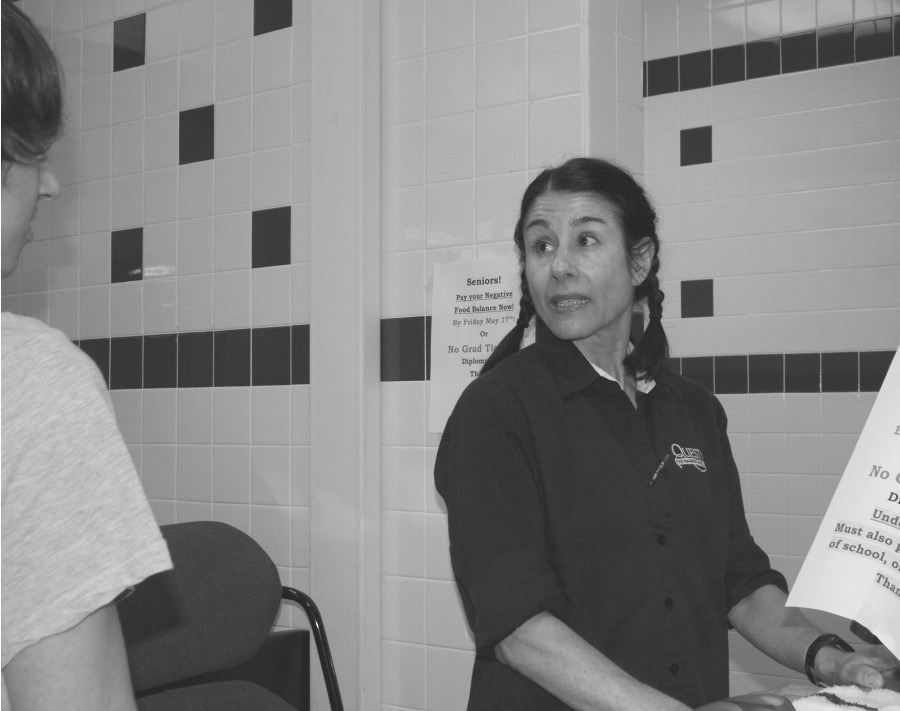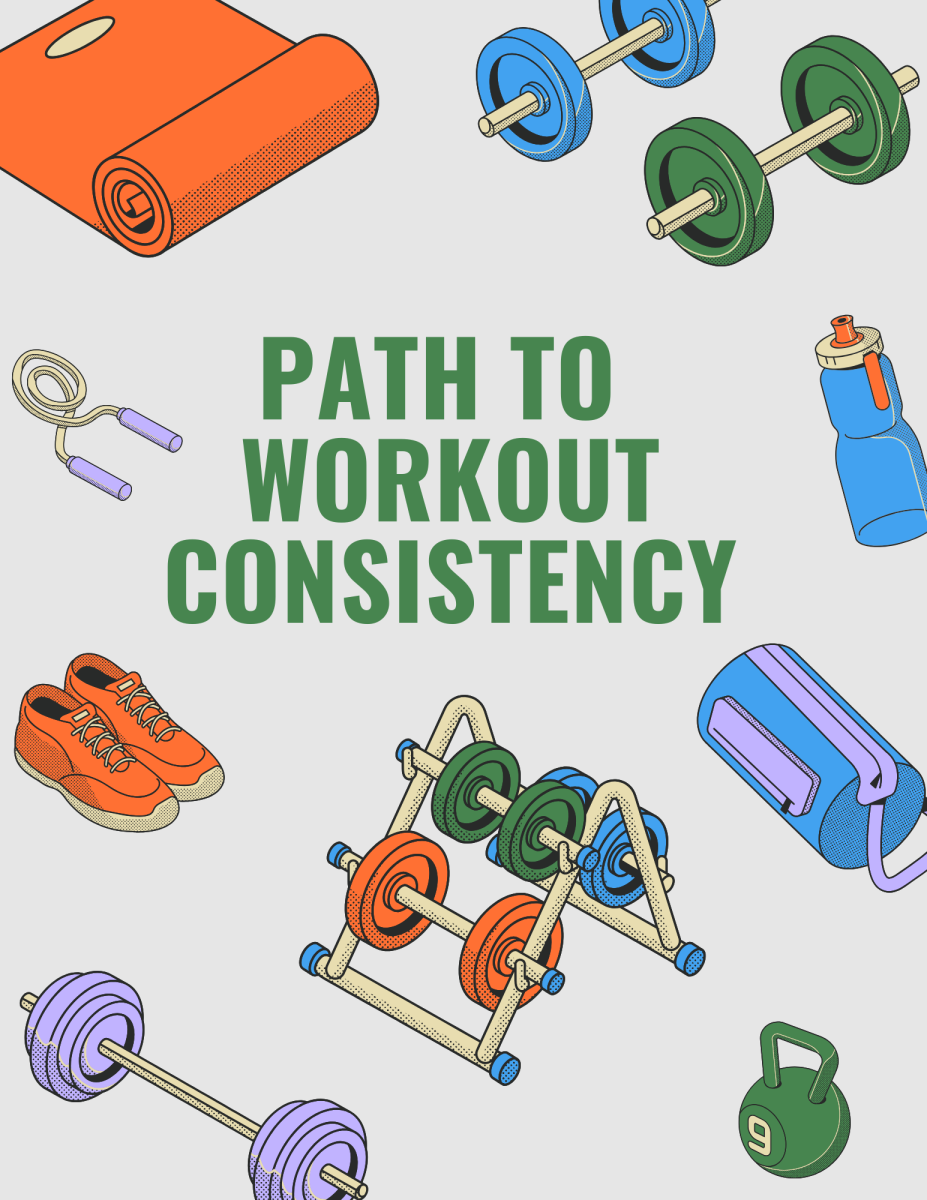Among the 2,747 students at South this school year, 567 receive lunch free or at a reduced price. That means that unless they want to pay money out-of-pocket, 21 percent of the student body must purchase the Value Meal for lunch every day.
The Oracle Editorial Board wants to inform free and reduced students that Quest Food Services is willing to be flexible in order to serve their best interests. In order to take advantage of this flexibility, however, students must be willing to approach Quest employees to discuss improving their situations.
For those who are unaware, the Value Meals are situated in the northwest corner of the cafeteria in between the sandwich sub-station and French fries. Each day, the Value Meal offers three choices for lunch: a sandwich, a hot entrée, or a salad complete with a choice of juice or milk.
According to William Cadman, regional director of Quest Food Services, any free or reduced student can get 8 oz. of the salad bar or a bowl of pasta if their situation demands it. The Oracle Editorial Board commends Cadman, and Quest by extension, for making this an option. If free or reduced students face difficulty with eating the Value Meal every day for any reason, they should know that they should approach Susan Chait (pictured above right), Cadman’s administrative assistant, or Alfredo Saucedo (pictured below right), South’s kitchen supervisor, to discuss their situation and try to find a solution.
To some free and reduced students, including freshman Danielle De Los Santos, the Value Meal is simply not enough to keep her going through the day. According to De Los Santos, the free meals she received at Springman Middle School even trumped the ones at South.
“[My parents] get mad at me because I always ask for money because I don’t like the Value Meal,” De Los Santos said.
Senior Meagan Fayman, like De Los Santos, must pay money out-of-pocket to buy water because the Value Meal program only offers milk and juice. Fayman has received free meals almost every day during her four years at South and believes that if she had known she could make arrangements with Quest’s staff to get salad or pasta, she would have.
The current Value Meal system is a vast improvement compared to the system that existed prior to the 2008-2009 school year, according to Assistant Principal Gary Freund. Before the recession hit and the demand for Value Meals rose, free and reduced students had only one choice for lunch: a hot entrée. Prior to the implementation of the ‘food court’ style cafeteria, those students had to stand in a separate line from the rest, making it difficult for them to keep the fact that they received financial assistance private.
Considering that it is a part of Quest’s contract to provide the Value Meals to free and reduced students free of charge, the expansion of the Value Meals program demonstrates Quest’s willingness to put students’ well being above the business’s best interests.
Past efforts have shown that Cadman is genuine when he urges students like De Los Santos and Fayman to approach his staff with their concerns.The Oracle Editorial Board wants all free or reduced students to know that Cadman is open to making accommodations for students but, ultimately, the ball is in their court.
Cadman recalls a time when he granted an athlete’s request to get two Value Meal entrees because his athletic schedule necessitated more sustenance. The process is simple: each day, the student would go to the same cashier who knew about his arrangement.
“The way we look at it- and this is honest to God’s truth- I look at the kids here like they’re my kids,” Cadman said. “If [a] kid [comes] into the cafeteria and they want something special, we’re supposed to take care of them.”
Along that same vein, students with food allergies should understand that they, too, have the power to make accommodations with Quest. If there is a demand for foods such as soy milk, gluten-free bread or veggie burgers, Quest is willing to supply it.
For sophomore Martina Dragoytchev, the biggest challenge is knowing whether the cafeteria food, especially the Chinese and Mexican options, have peanuts or dairy. On days when she forgets to pack her lunch and doesn’t feel like continuing the monotony of a deli sandwich every day, she skips lunch altogether. The Oracle Editorial Board believes one solution to this problem would be to put a sign on display that reads “nut-free” or “dairy-free” to allow students with allergies to feel secure with their choices.
Dragoytchev knows that if Quest supplied soy milk, she would choose it often and believes that her friends with other food allergies such as gluten intolerance would purchase substitutes as well.
“We could put gluten-free bread in the deli, but if the kids who need it don’t come up and ask about it, it’s going to sit there and rot,” Cadman said. “It’s a business too, so I have to, again, put the onus back on the kids.”
The Oracle Editorial Board sees great potential in a group of active students voicing the needs of a larger group of free and reduced students as well as students with dietary restrictions. If you would like to be one such student, do not hesitate to e-mail The Oracle at gbsoracle@gmail.com or Cadman at wcadman@glenbrook225.org. Remember that complaints are futile when they are not coupled with action; with Quest doing all it can to do what’s best for students, students must do the same for themselves.




















